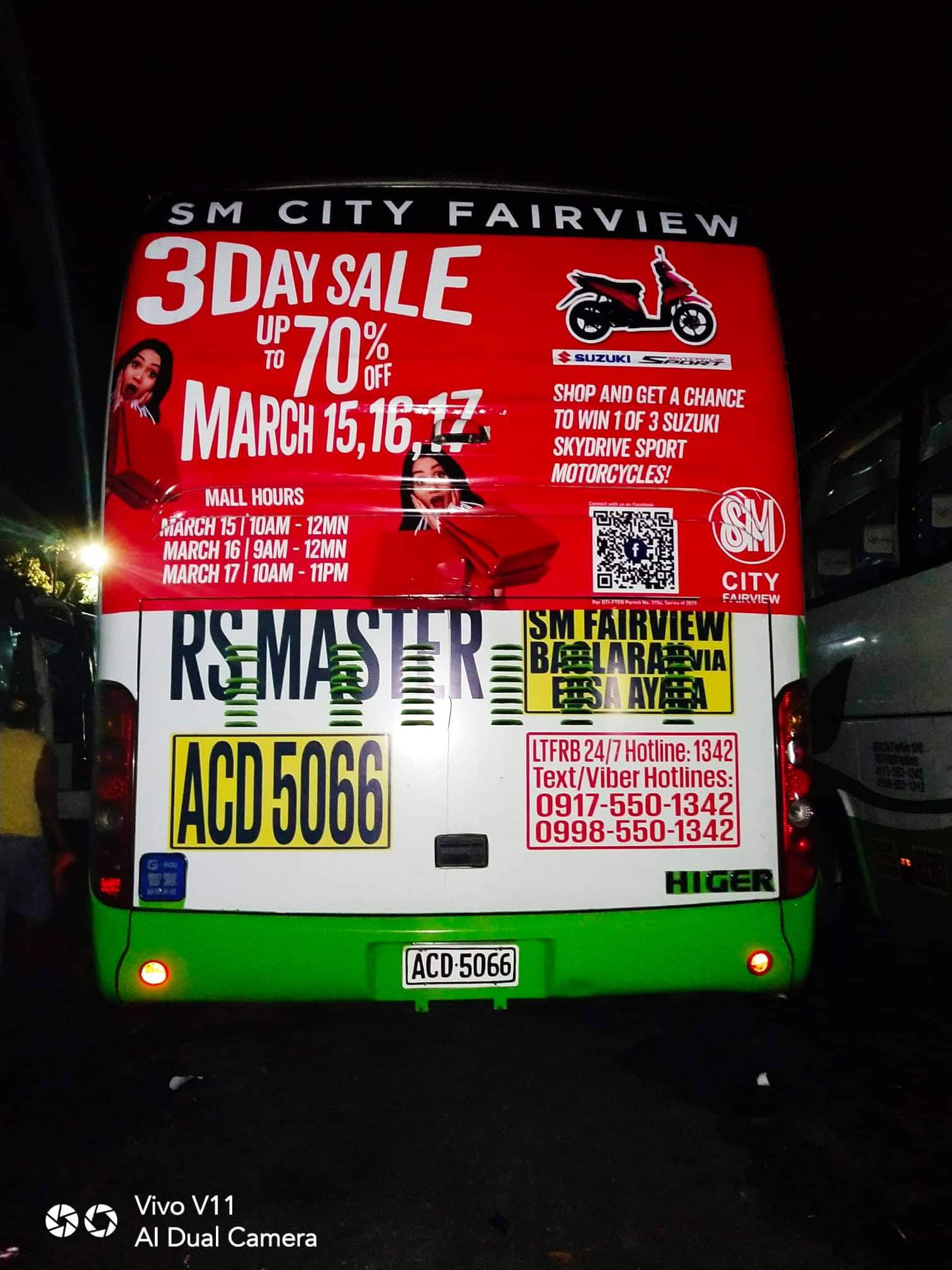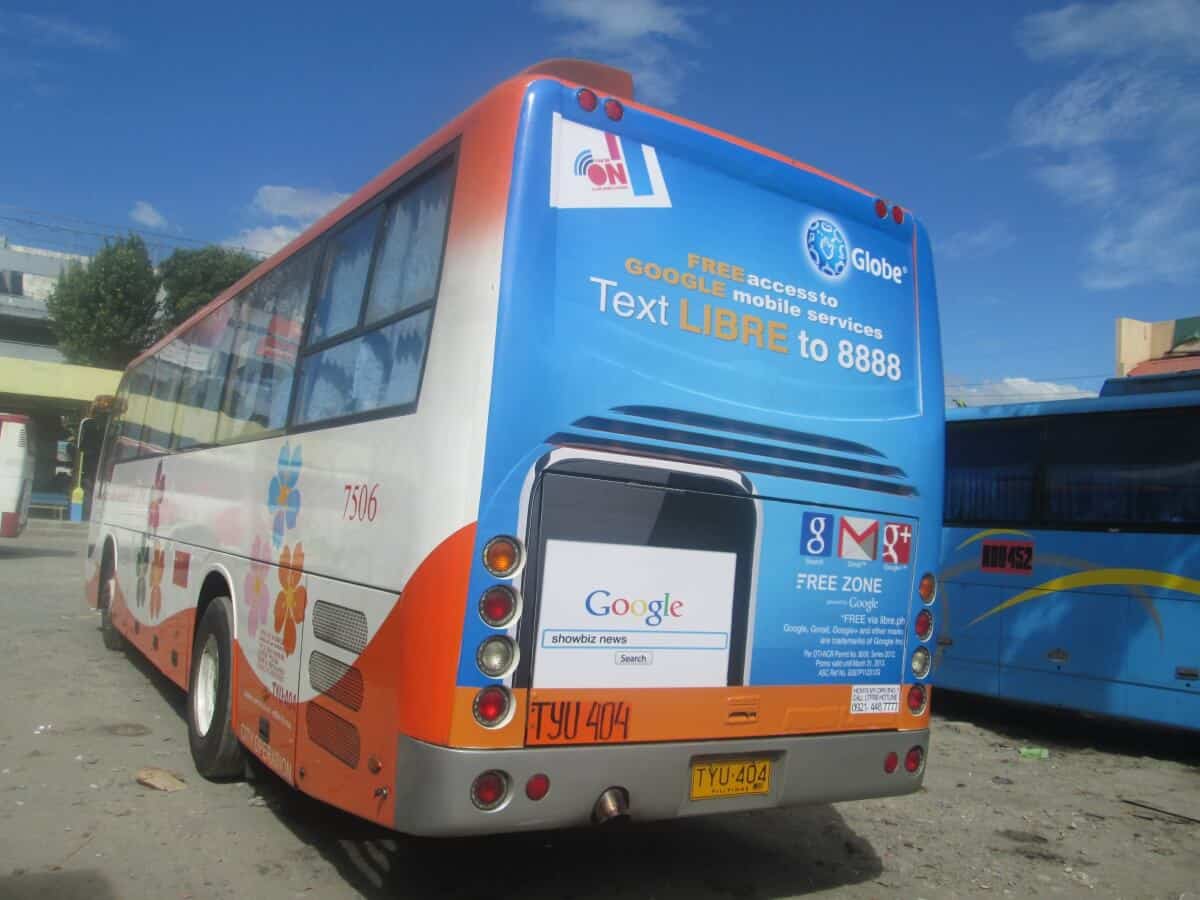Just How Transit Marketing Can Change Mass Transit Spaces Into Dynamic Marketing Operatings Systems
Transportation marketing holds substantial possibility to redefine public transportation rooms right into dynamic advertising platforms that engage and educate. As we check out the multifaceted advantages and evolving approaches of transit advertising and marketing, it raises the question of exactly how this transformation might redefine our interactions with both brand names and the metropolitan setting.
Benefits of Transportation Advertising And Marketing

In addition, transportation advertising is very cost-efficient compared to typical media. It permits advertisers to attain high perceptions at reduced expenses, making best use of return on financial investment. The restricted audience of travelers offers an opportunity for brand names to convey their messages to people who are commonly receptive throughout their traveling times.
Additionally, the vibrant nature of transit marketing permits campaigns to be upgraded regularly, guaranteeing that messaging continues to be timely and relevant. This versatility can be essential in replying to market trends or marketing occasions, keeping the brand top-of-mind for consumers. Last but not least, the prevalent presence of transportation advertising and marketing contributes to brand name recall; duplicated exposure within familiar travel contexts strengthens brand name awareness and fosters consumer commitment, inevitably driving sales and improving brand name reputation.
Kinds Of Transit Advertising
Public transport systems give various formats for marketing, each catering to various advertising approaches and target market involvement approaches. One popular kind is outside bus and train covers, which cover the whole automobile and produce a mobile signboard impact, enabling high exposure in metropolitan settings. These covers can record attention as they go across active roads, getting to a diverse audience.
One more prominent style is interior advertising, that includes posters, electronic screens, and ads on transit seats. These positionings involve travelers during their trip, enhancing brand name messaging in a restricted area. Digital displays, particularly, use the advantage of vibrant content, making it possible for advertisers to upgrade messages in real-time.
Terminal marketing is also substantial, featuring posters, banners, and interactive stands within transportation stations. These advertisements take advantage of foot web traffic and can target specific demographics based upon location.
Last but not least, promotional collaborations with transit authorities can bring about special projects, such as themed transit experiences or events, enhancing the general engagement with travelers. Each sort of transportation advertising uses distinct advantages, allowing brands to customize their method to effectively reach their target market within the general public transportation ecosystem.
Engaging Travelers Effectively
Travelers are significantly inundated with advertising messages throughout their everyday trips, making it necessary for brand names to engage them in ingenious means. To capture interest in this jampacked space, advertisers have look here to prioritize imagination and importance. Utilizing captivating visuals and succinct messaging can considerably improve the chance of engagement.
Interactive aspects, such as QR codes or increased reality features, can likewise transform fixed advertisements right into immersive experiences, cultivating a Related Site deeper connection with the audience. Brands ought to focus on addressing commuters' needs and interests, tailoring messages to resonate with their way of life, whether through promotions for local companies or services developed to improve their commuting experience.
Furthermore, timing plays a vital function; tactically putting ads during peak commuting hours can maximize visibility and influence. Involving travelers successfully likewise includes leveraging social networks combination, enabling travelers to share their experiences or promotions straight from transportation systems, thus enhancing brand reach.
In significance, efficient interaction depends upon comprehending the commuter journey and developing engaging, interactive, and relevant advertising experiences that not just catch attention but additionally drive action and loyalty. By doing so, brands can why not find out more change mass transit into a dynamic advertising and marketing platform that resonates with its target market.

Measuring Advertising Impact
Just how can brands accurately analyze the efficiency of their marketing campaign en route settings? Determining the influence of transportation advertising calls for a complex method that incorporates measurable and qualitative metrics. One prevalent approach is tracking interaction via mobile analytics, where brand names can analyze foot web traffic patterns and app communications before, throughout, and after projects.
Studies can supply beneficial insights right into brand recall and customer sentiment, enabling brand names to evaluate just how well their messages resonate with travelers. In addition, checking social networks involvement related to certain projects can reveal shifts in public assumption and brand discussion.

Additionally, working together with transportation firms can boost dimension accuracy, as they usually have detailed demographic data on ridership trends. By integrating these approaches, brands can establish a detailed understanding of their advertising and marketing performance, making certain that their projects not just get to yet also impact their target audiences efficiently.
Future Trends in Transit Advertising
A significant shift is anticipated en route advertising and marketing as technical innovations and altering consumer habits reshape the landscape. Transit Advertising Philippines. The integration of interactive media and electronic screens is expected to enhance involvement, permitting brands to deliver dynamic web content that reverberates with varied target markets. As mass transit systems accept smart technology, marketers will certainly take advantage of real-time data analytics to customize messages based on passenger demographics and actions
Additionally, increased reality (AR) is positioned to reinvent the means travelers interact with advertisements. By providing immersive experiences, AR can change a mundane trip right into an engaging story that captures focus and promotes brand commitment. This innovation will likely urge advertisers to develop more experiential projects that drive consumer communication.
Sustainability is another critical pattern influencing transportation advertising. As ecological consciousness grows, brand names will progressively seek to line up with environment-friendly practices, using lasting materials and advertising green efforts within their projects.
Conclusion
In verdict, transportation advertising offers considerable benefits by improving brand name presence and involving a restricted audience. As patterns progress, the capacity for ingenious interactions between brands and commuters is positioned to expand, ensuring that transportation advertising and marketing continues to be a vital part of modern-day advertising and marketing approaches.
Transportation marketing holds considerable capacity to redefine public transportation spaces right into dynamic advertising and marketing systems that inform and engage. The pervasive existence of transit advertising adds to brand name recall; repeated direct exposure within acquainted travel contexts reinforces brand name awareness and fosters customer loyalty, ultimately boosting and driving sales brand credibility.
How can brand names precisely assess the performance of their marketing campaigns in transit environments?In verdict, transit advertising uses significant benefits by improving brand name exposure and involving a captive target market. Transit Advertising Philippines. As patterns evolve, the capacity for innovative communications between brand names and commuters is poised to expand, guaranteeing that transportation marketing continues to be a crucial component of contemporary advertising and marketing techniques
Comments on “Why Choose Transit Advertising Philippines for Your Brand”